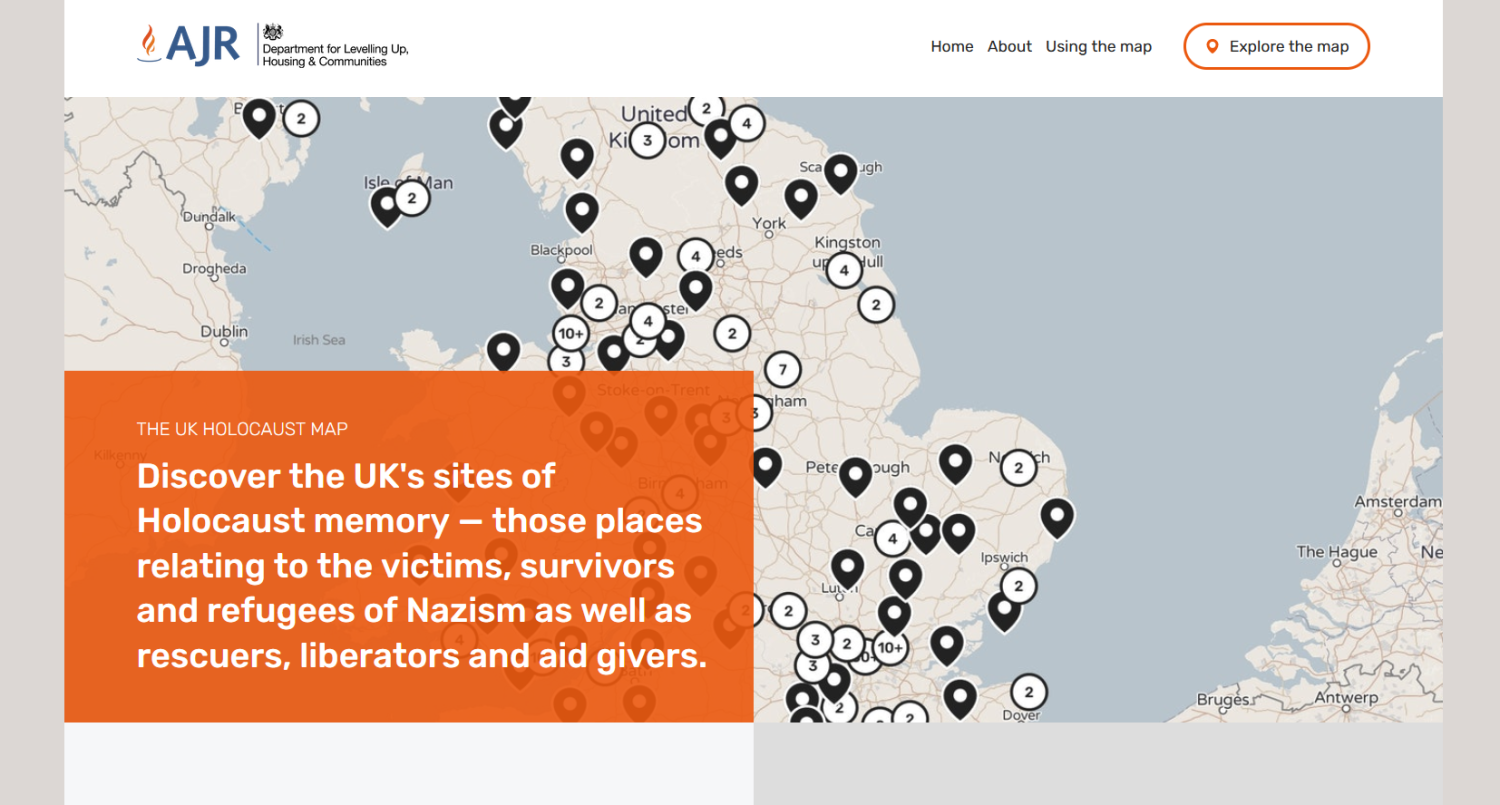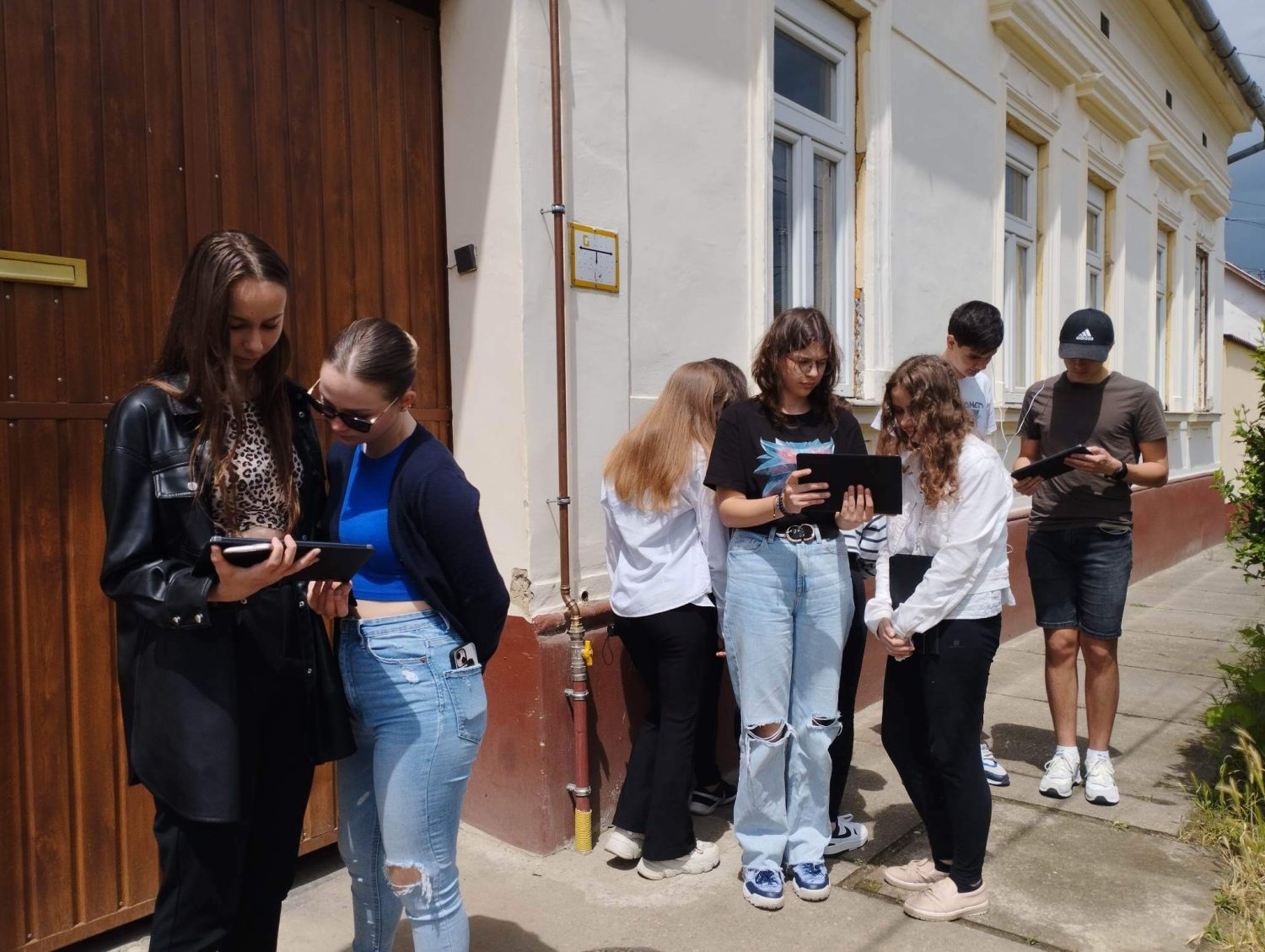


Mapping Holocaust-related sites in the UK
In October 2021 at the Malmö International Forum on Holocaust Remembrance and Combating Antisemitism, the United Kingdom pledged to develop the UK Holocaust Map, a new digital resource to map sites and documents relevant to the Holocaust and Nazism in Britain.
Over a year later, as part of our #TogetherForImpact series tracing the development of the pledges made in Malmö, we caught up with IHRA delegate and chief executive of the Association for Jewish Refugees (AJR), Michael Newman, about the motivation behind creating the digital map and how it is changing the face of Holocaust education in the UK.
Changing the perspective of the Holocaust in the UK
The website, developed by AJR and the Department for Levelling up, Housing and Communities (DLUCH), www.ukholocaustmap.org.uk helps communities across the country learn about their local connections to the Holocaust, Jewish refugees, and British responses to Nazism.
Alex Maws, Head of Educational Grants and Projects at the AJR and member of the UK delegation to the IHRA, commented: “Recommendations for teaching and learning about the Holocaust published in 2019 by the International Holocaust Remembrance Alliance (IHRA) encourage the study of the local dimension of the Holocaust. This is perhaps much easier for teachers to accomplish in countries that were occupied by the Nazis or which collaborated. In Britain, this guidance is often overlooked, in large part because teachers themselves are not aware of the many local aspects they could be including in their lessons. The UK Holocaust Map helps to rectify that.”
Equipping teachers with stories close to home
Research has shown that over the years, the absence of this topic from most teachers’ schemes of work has contributed to a problem in Britain’s conceptions about the Holocaust, that it was something that happened elsewhere, and that this country’s only roles were as rescuers and liberators.
The map brings together content from numerous archives, museums and institutions across the country. The significance of each map location is highlighted through testimony extracts, archival documents and photos.
At the time of its launch, the map already features nearly 400 pinned locations, and the AJR, which oversees the map, is eager to see it expand. At an online launch event attended by more than 100 stakeholders, the AJR appealed to institutions and local researchers to contribute new content to it.
Michael Newman, Chief Executive of the AJR and member of the UK delegation to the IHRA, said: “One of the key aims of the AJR’s educational work in recent years is to encourage partnerships among organizations in the sector, and we see The UK Holocaust Map as one significant manifestation of that spirit of partnership. Critically, the map will complement – rather than seek to replace – existing educational resources and programs.”
DLUHC’s sponsorship of The UK Holocaust Map makes a powerful statement that its work to promote Holocaust memory extends far beyond central London, into every other region of the country.
The map as a training tool
The UK Holocaust Map is also being used in other areas like teacher training by external institutions and conferences, using local tours as a method to highlight the history of the Holocaust in the UK. One such conference is AJR’s upcoming Forum on Collecting, Preserving and Disseminating Holocaust Testimonies in April, where participants will have the opportunity to learn more about London’s Holocaust history through a proposed walking tour and verbatim theater using a survivor’s testimony. Registration and details about the event can be found online.
Sign up to our newsletter to
receive the latest updates
By signing up to the IHRA newsletter, you agree to our Privacy Policy



